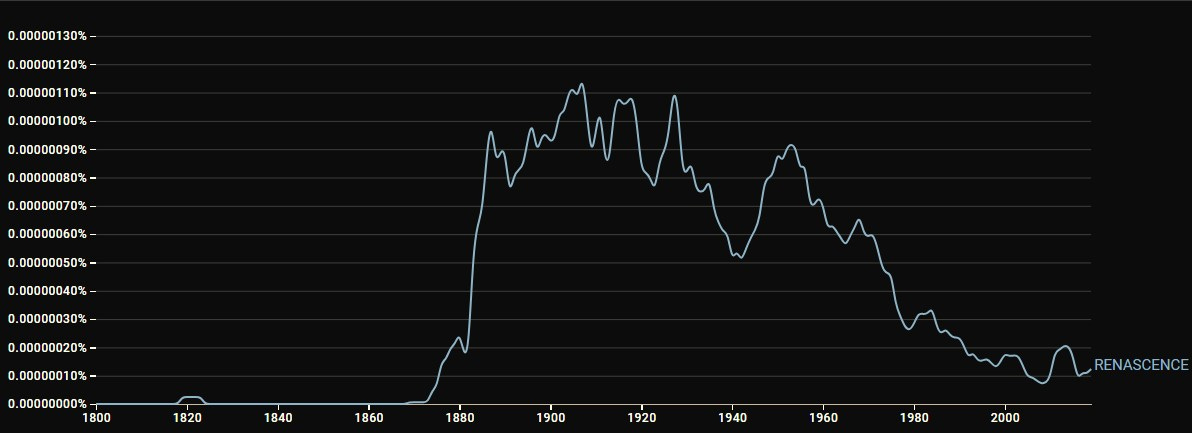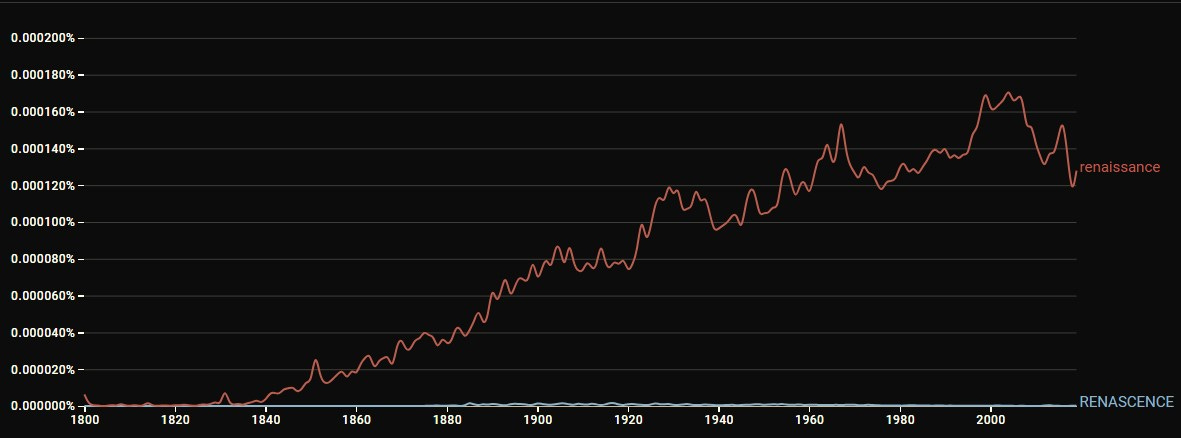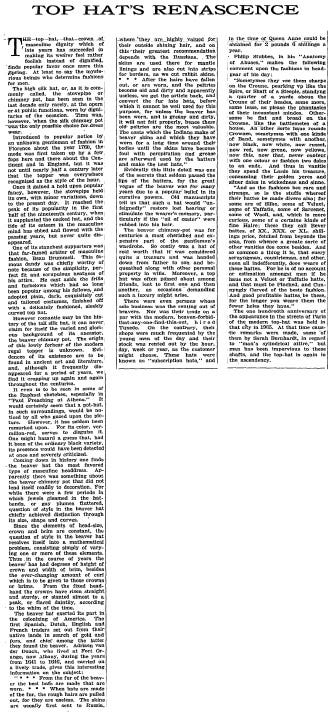Top Hat's Renascence
After falling out of favor as a fashion style, top hats began to make a comeback among men in 1924. As a May 1924 New York Times Magazine article (with no byline) wrote:
The high silk hat — or, as it is commony called, the stovepipe or chimney pot — has been seen in the last decade only rarely, at the opera or at public functions, worn by dignitaries of the occasion.
...
The top hat, that crown of masculine dignity which of late years has succeeded in making its wearer feel rather foolish instead of dignified, finds popular favor once more this spring. At least so say the mysterious beings who determine fashions for men.
It didn't last forever. Picture all the Great Depression-era photos of men waiting in bread lines during the 1930s; they're all wearing hats, but none of them wear top hats. In 1961, John F. Kennedy became the last man to wear a top hat at his presidential inauguration.
In recent years, the top hat has mostly lived on as an "ironic" countercultural statement, worn occasionally by entertainers including Tom Petty, Shania Twain, and Madonna.
I was also intrigued by the 1924 headline 'Top Hat's Renascence' with the final word spelled that way. Had it always been spelled that way?
According to Google Books Ngram Viewer, the spelling 'renascence' was most popular from the 1880s through the 1920s. Particularly since the 1980s, its usage has plummeted to near-zero levels today:

Still, the spelling 'renascence' has never come close to matching 'renaissance' in book usage. In 1924 specifically, 'renaissance' was still used a whopping 222 times more than 'renascence.'

Top Hat's Renascence
Published: Sunday, May 11, 1924


